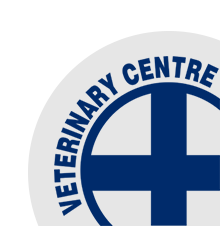Making the Most from Mating
/With the loss of induction as a management tool for condensing calving spreads it has become more important than ever to get cows in calf early. Recommended mating lengths of 10 weeks are considered optimal to ensure all cows are calved by the 10th of October (if the PSM was the 23rd of October) to retain a healthy calving spread. In this scenario a 10 week mating period would have bull removal occurring on the 1st of January.
The number of lactation days is one of the key economic drivers of your farms profitability. Therefore success of mating should be measured in how quickly they get in calf (3 and 6 week in-calf rate) as well as the empty rate. The reality of a 10 week mating period is that cows have just over 3 cycles to get back in calf. The average cow has a ~50% chance of getting in calf at each cycle. If given every opportunity she would have a 12.5% chance of being empty after 3 cycles. However if she was to miss the first round of AI she will have a 25% chance of being empty. Likewise if a heat is missed in the second round she has a 50% chance of being empty!
If your 3 week submission rate is tracking below the >90% target, review your heat detection practices immediately and look to get non-cyclers examined and treated. Ideally all eligible non-cyclers (calved >40 days) should be mated inside 3 weeks. This involves hormonal treatment by day 11 of mating at the latest. Failure to take proactive action will result in not only a protracted calving spread but also a higher empty rate.
All eligible cows not mated after day 24 of mating should also be examined and treated accordingly.




